Join Lucy and Ellie in the second part of their deep dive into the history of medieval sex workers in London and Surrey ー the Winchester Geese. You may recall from part one of this series that from the 12th to 17th century, Southwark in London was controlled by the Bishop of Winchester which had the right to license and tax the borough’s prostitutes, and they became known as the ‘Winchester Geese’.
In this episode, Lucy and Ellie discuss the Geese’s legacy in the modern era.
How do we remember the struggle of medieval sex workers? Lucy Coleman Talbot explains how the Winchester Cathedral keeps the memory of the Winchester Geese alive.
Also discussed is the history of Cross Bones Graveyard throughout the years and its link between modern and medieval sex work. The modern social issues around sex work have existed for centuries, discover how we can remember the Geese for a brighter future.
Lucy Coleman Talbot is in the final stages of her PhD at the University of Winchester, her work focuses on the materiality of myth and ritual, heritage from below and the heritage management of difficult history. Lucy's focus is the Cross Bones Graveyard in Southwark, London, a site of community reclamation and a rich social history with mythic origins.
Vigil at Cross Bones
The gates at Cross Bones
FURTHER RESOURCES AND A CALL TO ACTION
Learn more about the Cross Bones Graveyard and the Winchester Geese here, and have a look at the Winchester Geese plate.
Discover the Museum of Sex Objects in London to learn more about sex workers throughout history.
If you want to learn about charities that supports women and about ending sexual exploitation, SWARM is a national charity focusing on providing skills and exit strategies/support to sex workers while BASIS is a charity that supports sex workers in Holbeck, Britain’s only legal sex-work area. Both charities have excellent resources and outreach.



